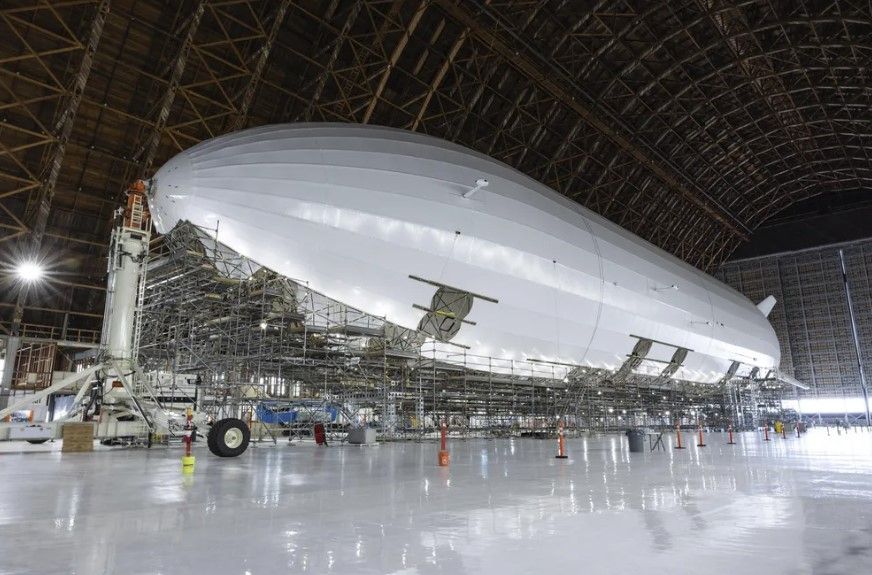Google co-founder Sergey Brin’s new airship revolution
Since 2016, he’d been building an airship startup with the idea of bringing in zero-emission air travel.

A few minutes every morning is all you need.
Stay up to date on the world's Headlines and Human Stories. It's fun, it's factual, it's fluff-free.
In 2021, Google co-founder Sergey Brin (who’s worth over US$100 billion, according to Bloomberg) made headlines for running a secretive airship project. Since 2016, he’d been building an airship startup with the idea of bringing in zero-emission air travel. The company is known as LTA Research and Exploration, with the LTA standing for “Lighter Than Air.” It started in NASA's Ames Research Center, with Brin being inspired to build his own airship after visiting the center in 2014.
Light is now being shed on the startup. LTA is almost ready to unveil its first functional aircraft, the Pathfinder 1. It’s 122 meters long (400 feet) and 20 meters (67 feet) in diameter at its widest part. And it looks a lot like an old-timey airship from, like, the 1920s. Think Hindenburg (but hopefully less explosive). Inside, it’s lined with carbon-fiber tubing and titanium joints to give it structure and strength, plus 13 helium bladders to get it off the ground without catching fire.
According to LTA’s mission statement: “When we look up and ahead, we see a future where zero-emission airships can support and even speed up disaster response and relief efforts. If runways, roads, and ports are damaged, LTA’s airships can still deliver what communities need. If cell phone towers are knocked out, airships can hover and provide service.”
Eventually, LTA aircraft could carry 200 tons, about 10 times the cargo of a Boeing 737. Brin has plans for the airships to run on green technology, like fuel cells. At the moment, a pair of diesel generators energize the lithium-ion batteries that run the propellers. But, there are solar panels on top of the airship for extra energy. The Pathfinder I has a steering and controls system that’s electronic, unlike the manual ones on older airships.
This could even become a new luxury mode of travel for jet setters. Because of the way that airships float in the air, passengers onboard can actually open the windows as they fly. Right now, the elite often travel using private jets, which have emitted 5.3 million metric tons of CO2 into the atmosphere in the past three years alone. So, airships could be a clean alternative to traditional flights in the future.




Comments ()